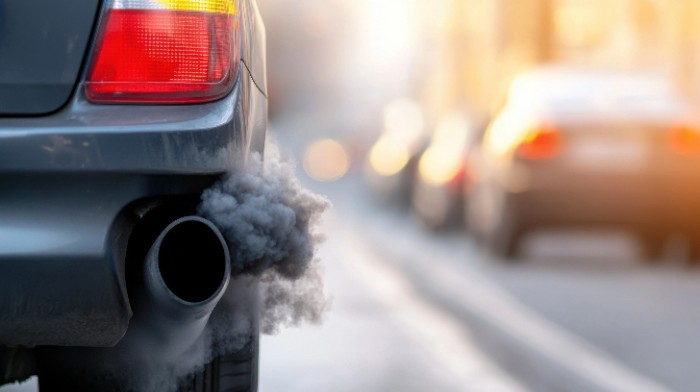Following many years of research, discussion and negotiation, the new ‘Euro 7’ emissions requirements were finally agreed in 2024, and were published as Regulation (EU) 2024/1257 in May 2024. However, before these new Euro 7 emissions requirements could be fully implemented, a number of new Implementing Regulations needed to be developed by the European Commission to provide the detailed test procedures, testing methodologies, administrative procedures, etc. Work on the development of the required Implementing Regulations commenced in parallel with the final development Euro 7 emissions requirements themselves, and the European Commission have continued work on developing these new Implementing Regulations ever since.
On April 15, 2025, the European Commission published draft versions of the first two of these Implementing Regulations for public comment on their ‘Better Regulation’ web site.
The first of these draft Implementing Regulations, referred to as Ares(2025)3087560, specifies the rules, procedures and testing methodologies for the application of the Euro 7 requirements relating to the exhaust and evaporative emissions type approval of M1 and N1 category vehicles, i.e. passenger cars, multipurpose passenger vehicles, vans and pick up trucks. As with the previous Euro 5/Euro 6 emissions Implementing Regulation, this draft Implementing Regulation references United Nations Economic Commission for Europe (UN ECE) Regulations for some of the detailed testing procedures, methodologies and procedures, i.e. UN ECE Regulation No. 83 on emissions, UN ECE Regulation No. 154 on Worldwide Harmonised Light Vehicle Test Procedure (WLTP) testing and UN ECE Regulation No. 168 on real driving emissions (RDE). The draft Implementing Regulation also proposes replacing certain certification tests with declarations from the vehicle manufacturer, and templates for these declarations are provided. Detailed requirements on the prohibition of ‘manipulation devices’ and ‘manipulation strategies’ are also included in the draft Implementing Regulation, along with detailed testing methods and provisions to identify the existence of such ‘manipulation devices’ and ‘manipulation strategies’. Finally, the draft Implementing Regulation includes updates to (EU) 2020/683 on the administrative requirements for type approval to update the templates for type approval certificates and for Certificates of Conformity (CoC) to reflect the Euro 7 emissions requirements.
This draft Implementing Regulation includes Annexes covering the following topics:
- Administrative provisions
- In-service conformity
- Real driving emissions (RDE)
- Manipulation devices and manipulation strategies
- Emissions of crankcase gases
- Evaporative emissions
- Durability of emissions control systems
- Emissions at low ambient temperatures
- Reference fuels
- Gear shift indicators (GSI)
- Onboard diagnostics (OBD)
- Eco-innovations
- Replacement pollution control devices
- Anti-tampering, security and cybersecurity
- Requirements for vehicles using a reagent in their exhaust after-treatment
- Measurement of net power
- WLTP testing
- Onboard fuel consumption measuring devices
The second draft Implementing Regulation, referred to as Ares(2025)3087633, specifies methods, requirements and tests, including compliance thresholds, for onboard fuel consumption measuring (OBFCM) devices and onboard monitoring (OBM) systems, characteristics and performance of driver warning systems and inducement methods and methods to assess their operation, Environmental Vehicle Passport (EVP) format and data and methods of communication of EVP data. As with the draft Implementing Regulation above, the requirements specified in this draft Implementing Regulation specifically relate to M1 and N1 category vehicles, i.e. passenger cars, multipurpose passenger vehicles, vans and pick up trucks.
This draft Implementing Regulation includes Annexes covering the following topics:
- Onboard Monitoring (OBM) systems
- Driver warnings and inducement methods of the excess exhaust emissions driver warning system
- Declaration of compliance
- In-service conformity checks and market surveillance of OBM systems
- Environmental Vehicle Passport (EVP) requirements
- In-vehicle display of environmental data
- Manipulation devices and manipulation strategies
